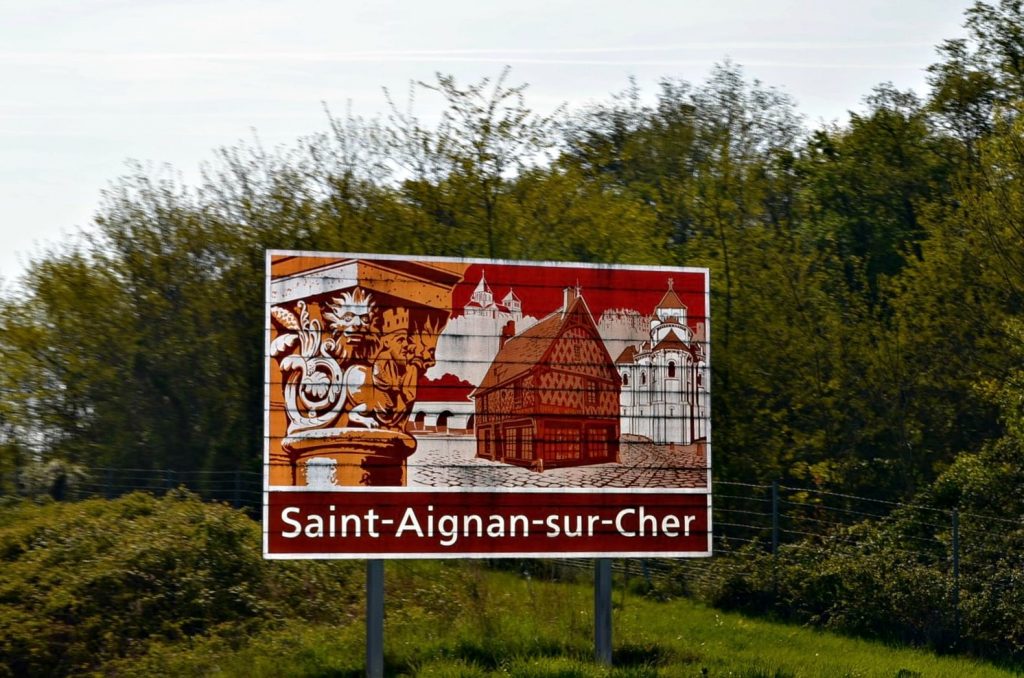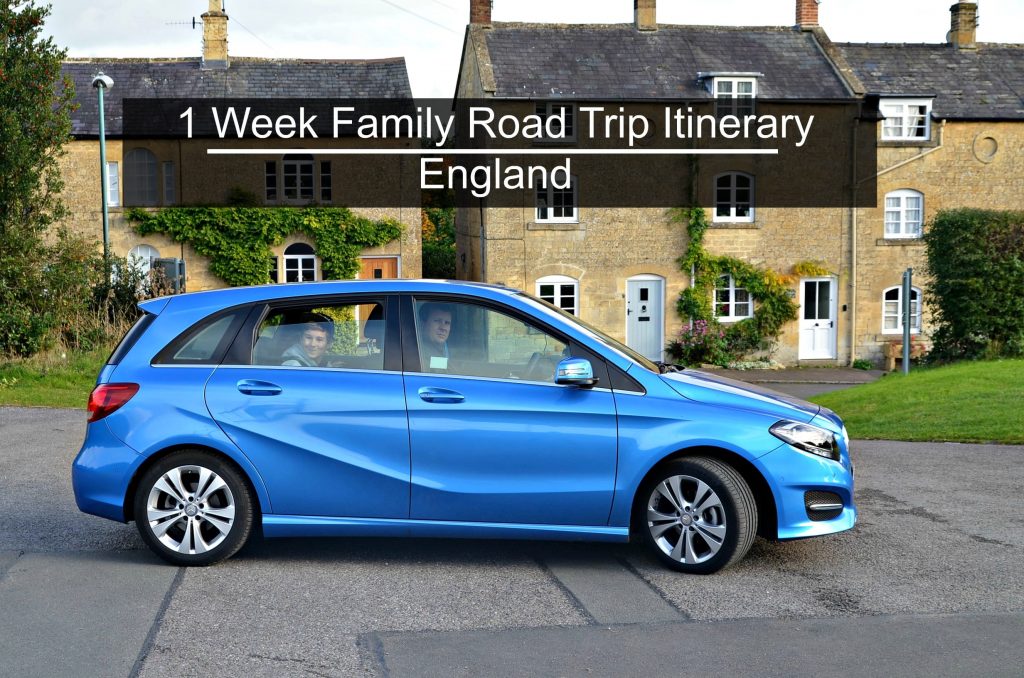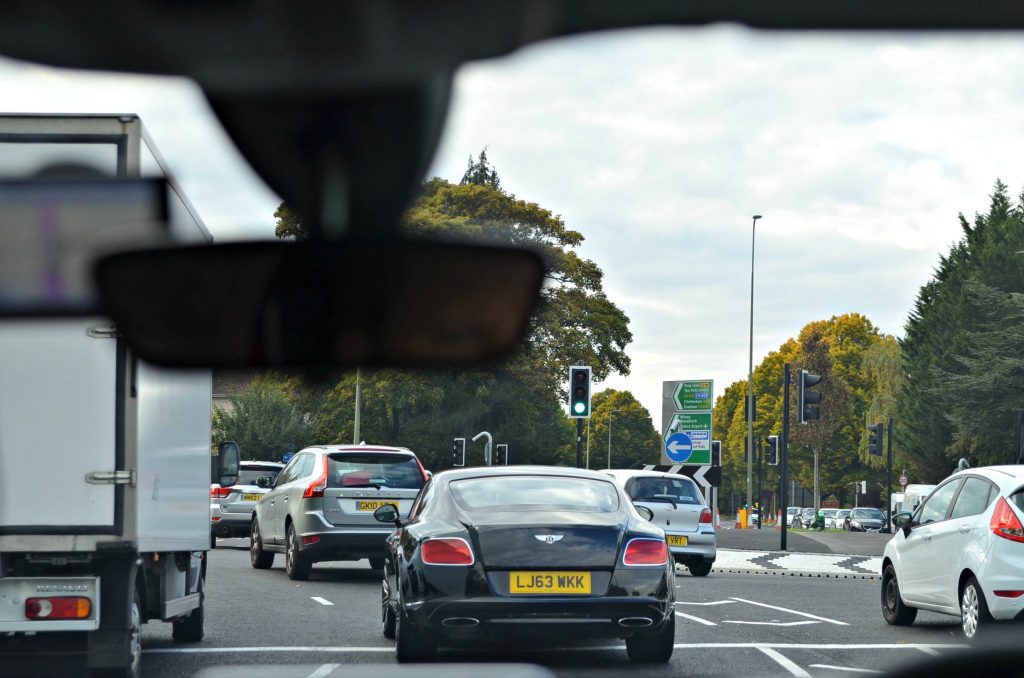
Driving in France can be challenging, especially if you can’t read French. The thought of getting in the car and navigating roads at 60+ mph in a foreign country can be scary. But really, it’s pretty much the same as driving in the U.S.A. and most other countries. The exception being the UK, as they drive on the wrong side of the road 😉 French road signs are pretty straightforward and use a lot of universal symbols. However, it is important to know what those signs mean and how you should interpret them. This guide can help you travel safely and successfully in France.
On our recent road trip, I took pictures of signs we passed on both the interstate and local roads. A few times I had to have the kids translate a word or two for me. It’s so nice to travel with kids that are pretty much fluent in the language! But first, lets look at some key vocabulary.
French Vocab.
Travaux = works (ie. road work)
Attention = attention
Ouvert = open
Fermé = closed
Rappel = reminder (you’ll see this under the speed limit signs as a reminder to the speed limit. It’s a reminder to you that you are still in that speed zone – not that it has changed)
Prochaine sortie = next exit
Sortie = exit
Péage – toll road
Sauf = except
cédez le passage = yield or give way
Toutes directions = all directions
Route barre = road closed
Sens unique = one-way
Suivre = follow
Arrêt = stop
Serrez à droite = keep to the right
Allumez vos feux = Turn on your lights
Aire de XX = rest stop of X town
Gendarmerie = police station
Rue = street
Guide to French Road Signs

It is also important to note that in France there is priorité à droite or the right-of-way is to cars entering from the right. This is always the case unless you have a sign with a yellow triangle giving you priority. While you won’t really find people merging into your lane as if you weren’t there as they enter the highway, they do have the right of way. If there is an accident, you are at fault. This is opposite of in the U.S., where priority is given to those already on the highway.















